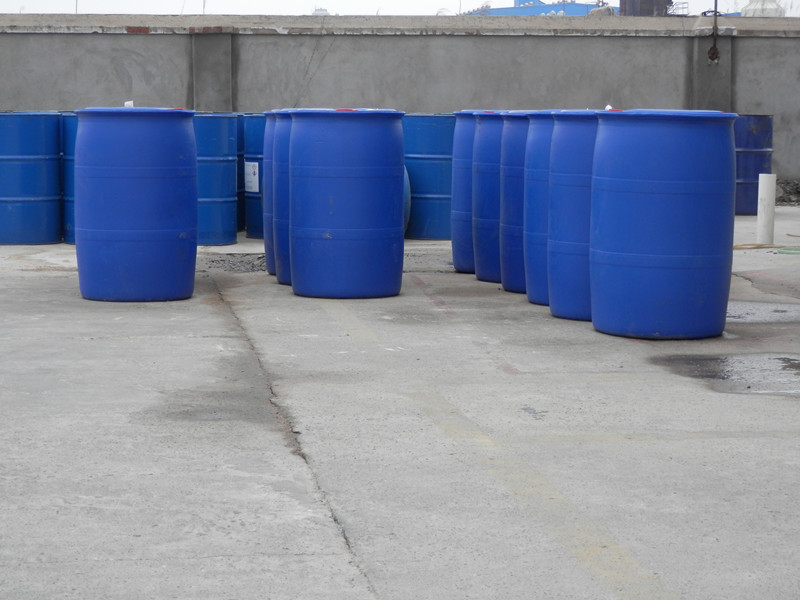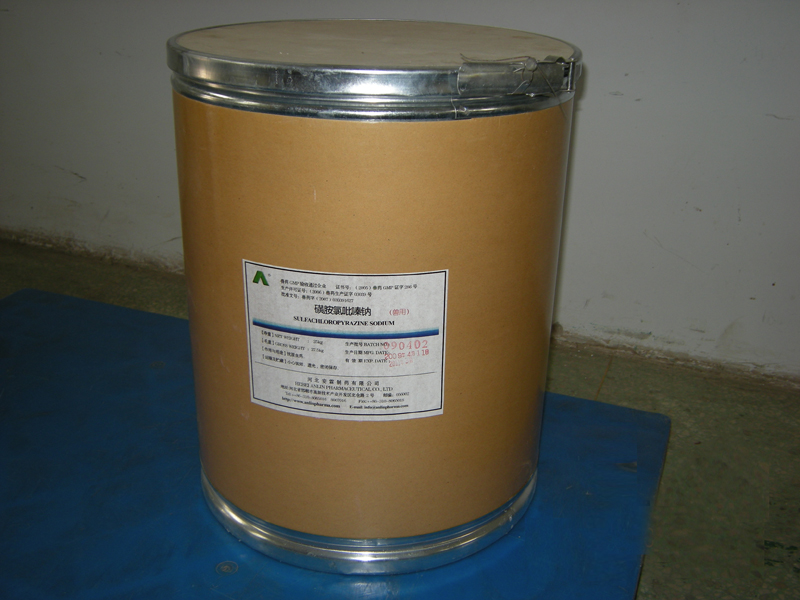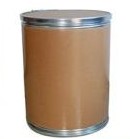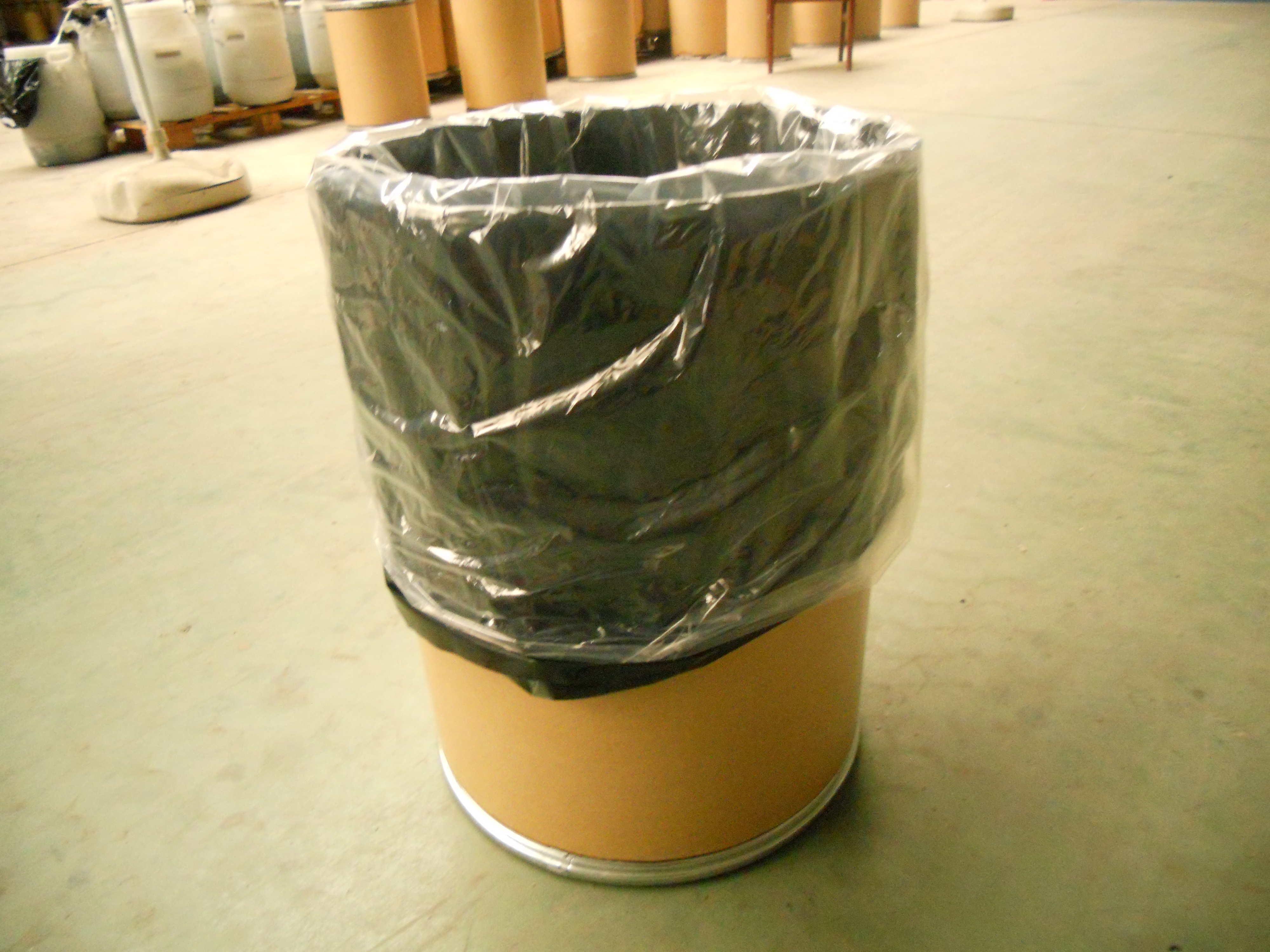Antioxidant
Other Auxiliary Agent
Petroleum Additives
Adsorbent
Water Treatment Chemicals
Rubber Additives
Adhesive Additives
Cross-Linking Agent
Flame Retardants
UV Absorbers
Organic Extractant
Resin Additives
Electronics Chemicals
Pesticide Additives
Building Chemicals
Plastic Additives
Oilfield Chemicals
Adhesive
Plastic Rubber Chemicals
Paper Additives
Molecular Sieve
Coating Additives
Textile Auxiliaries
Fluorescent Brightener
Polyethylene Glycol Derivatives
Coupling
Forest Chemicals
Leather Auxiliary Agents
Beneficiation Agents and Smelting Additives
Dye Auxiliaries
CAS:33270-70-1
Molecular Formula:C32H23CrN10O8
Alias
More Information
Einecs 251-436-5; Chromium,4-[[4-(Dioxidoamino)-6-Oxocyclohexa-2,4-Dien-1-Ylidene]Hydrazinylidene]-5-Methyl-2-Phenylpyrazol-3-One,Hydron,5-Methyl-4-[(4-Nitro-2-Oxidophenyl)Diazenyl]-2-Phenylpyrazol-3-Olate; Solvent Red bl; Chromate(1-), Bis2,4-Dihydro-4-2-(Hydroxy-.Kappa.O)-4-Nitrophenylazo-.Kappa.N1-5-Methyl-2-Phenyl-3H-Pyrazol-3-Onato(2-)-.Kappa.O3-, Hydrogen; Chromate(1-), Bis[2,4-Dihydro-4-[(2-Hydroxy-4-Nitrophenyl)Azo]-5-Methyl-2-Pheny; Chromate(1-), Bis[2,4-Dihydro-4-[(2-Hydroxy-4-Nitrophenyl)Azo]-5-Methyl-2-Phenyl-3H-Pyrazol-3-Onato(2-)]-, Hydrogen; Hydrogen Bis[2,4-Dihydro-4-[(2-Hydroxy-4-Nitrophenyl)Azo]-5-Methyl-2-Phenyl-3H-Pyrazol-3-Onato]Chromate; Red 4R; C.I.12715; Solvent Red R-04; C.I.Solvent Red 8; _|_; Dye; Dyestuff; Solvent dyes for fuel
Brief Introduction
Solvent Red B is used for coloring coatings, inks, natural and synthetic leather, as well as aluminum foil and other metals, gemstones, glass, plastics, etc. Bright color.
Suppliers
View More Vendors (2) >
CAS:348-57-2
Molecular Formula:C6H3BrF2
Alias
More Information
2,4-Difluorophenyl Bromide; 1-Bromo-2,4-Difluorobenzene; Bromo-2,4-Difluorobenzene; 1-Bromo-2,4-Difluoro; 1-Bromo-2,4-Difluoro-Benzene; 2,4-Difc6H3Br; Benzene,1-Bromo-2,4-Difluoro; 2,4-Difluoro-1-Bromobenzene; 4-Bromo-1,3-Difluorobenzene; 2,4-Difluoro
Brief Introduction
It is used to synthesize the intermediates of broad-spectrum and low toxicity deep antifungal drugs such as fluconazole.
Suppliers
View More Vendors (2) >
CAS:360-97-4
Molecular Formula:C4H6N4O
Alias
More Information
4-Amino-5-Carbamoylimidazole; 5-Amino-Imidazole-4-Carboxamide; Aminoimidazolecarboxamide; 4(5)-Aminoimidazole-5(4)-Carboxamide; 5-Aminoimidazole-4-Carboxamide; Aic; 5-Amino-1H-Imidazole-4-Carboxamide; 5-Amino-4-Imidazole Carboxamide; 4-Aminoimidzole-5-Carboxamide; Diazol-C; 4-Aminoimidazole-5-Carboxamide; Ba2756; 4-Amino-5-Imidazolecarboxamid; 4-Amino-5-Imodazole
Brief Introduction
An imidazole derivative which is a metabolite of the antineoplastic agents BIC and DIC. By itself, or as the ribonucleotide, it is used as a condensation agent in the preparation of nucleosides and nucleotides. Compounded with orotic acid, it is used to treat liver diseases.
Suppliers
View More Vendors (2) >
CAS:3700-67-2
Molecular Formula:C38H80BrN
Alias
More Information
N,N-Dimethyl-N-Octadecyloctadecan-1-Aminium Bromide; Dimethyldi-N-Octadecylammonium Bromide; Dimethyl(Dioctadecyl)Azanium,Bromide; Dodmab; D1822; Dioctadecyl Dimethyl Ammonium Bromide
Brief Introduction
It can be used as antistatic agent, corrosion inhibitor, fiber softener, etc
Suppliers
View More Vendors (2) >
CAS:372-18-9
Molecular Formula:C6H4F2
Alias
More Information
M-Difluorobenzene; Benzene, 1,3-Difluoro-; Benzene, M-Difluoro-
Brief Introduction
1,3-Difluorobenzene is widely used in the pharmaceutical, chemical and food industries as a fundamental building block to create a variety of important compounds. 1,3-Difluorobenzene is also used as a starting material to synthesize benzoic acids and Resorcinol derivatives by means of nucleophilic aromatic substitution reactions.
Suppliers
View More Vendors (2) >
Inquiry (
10
/ 10
)
Clear All
Sign In
Error!






